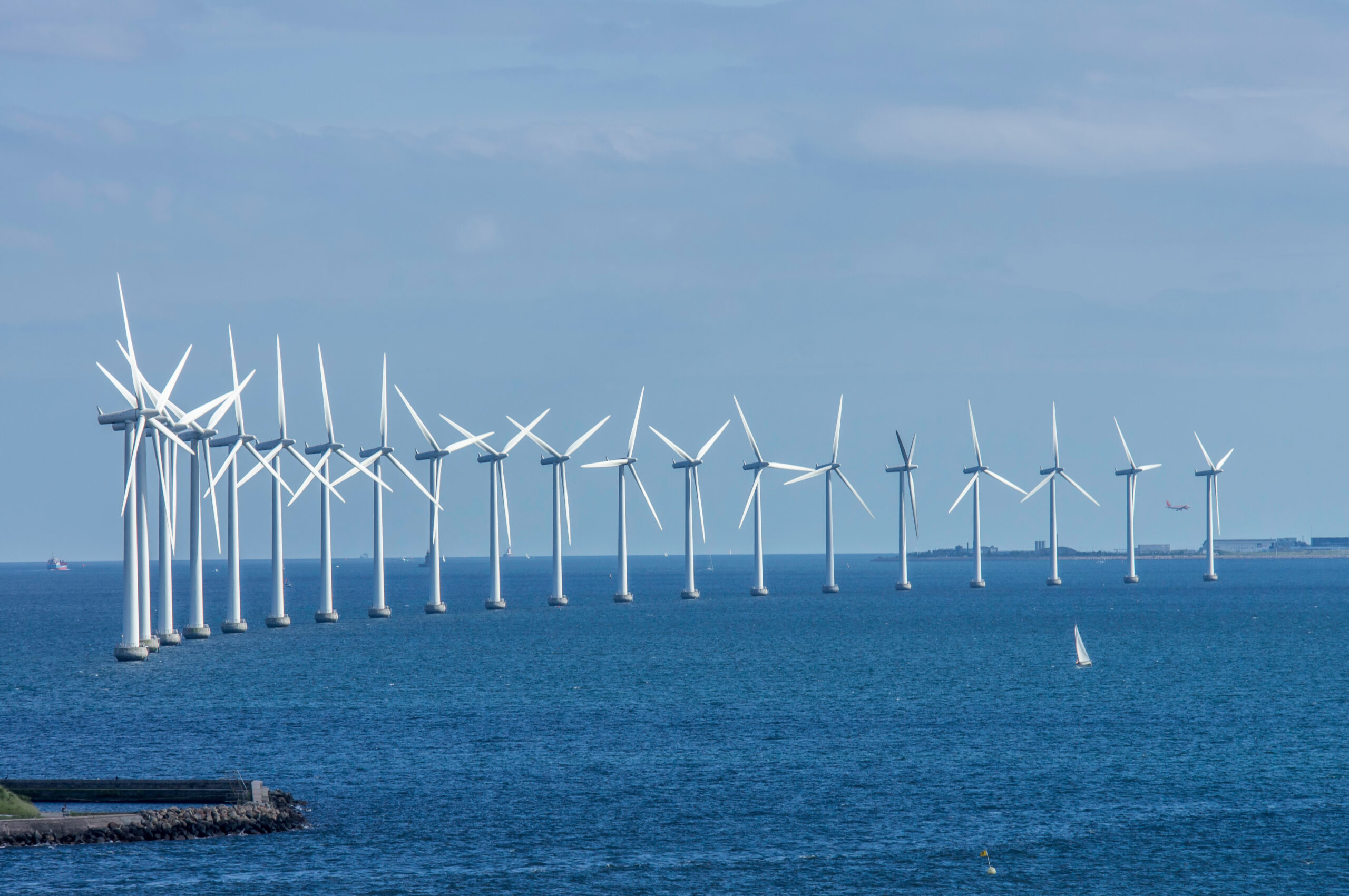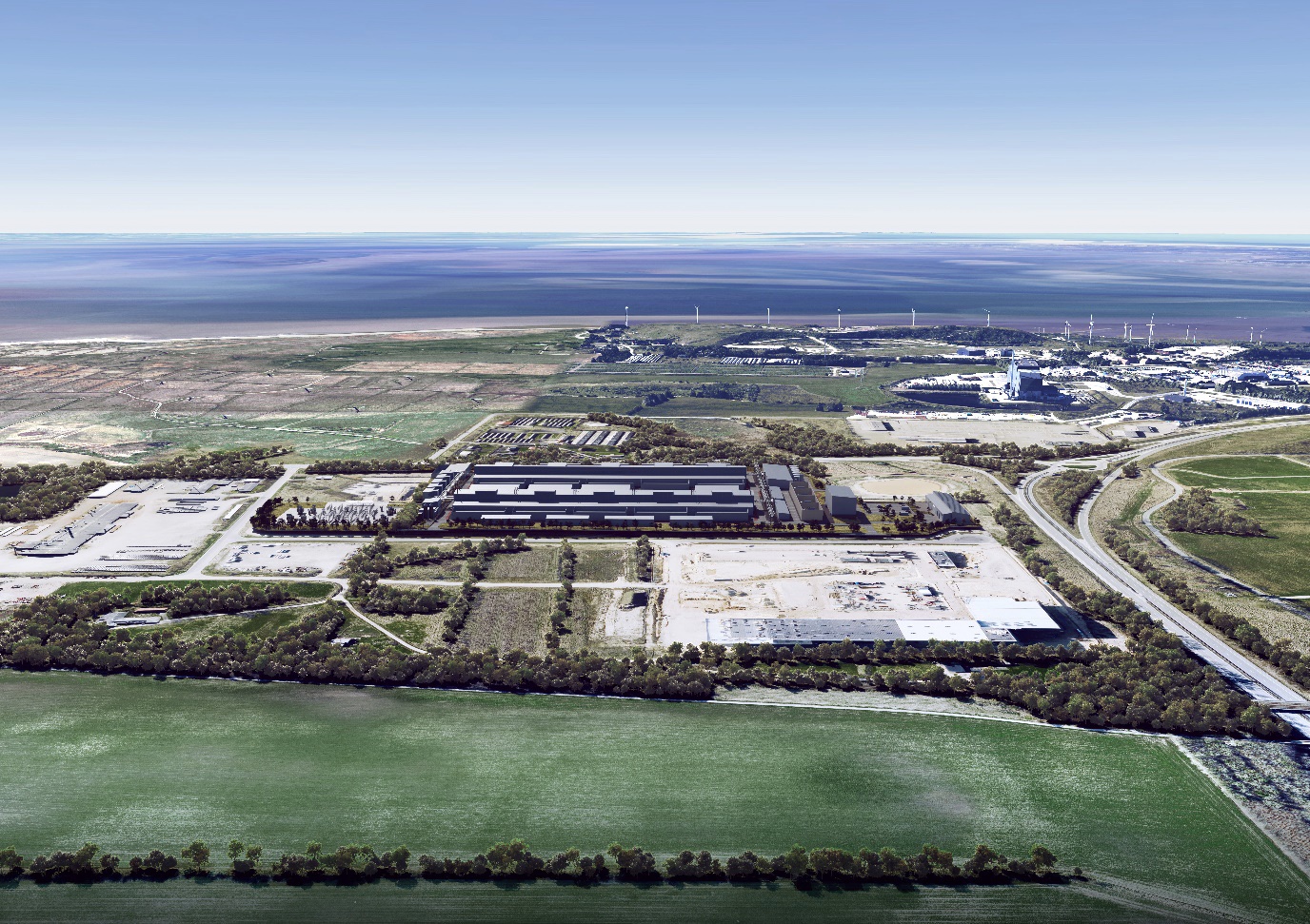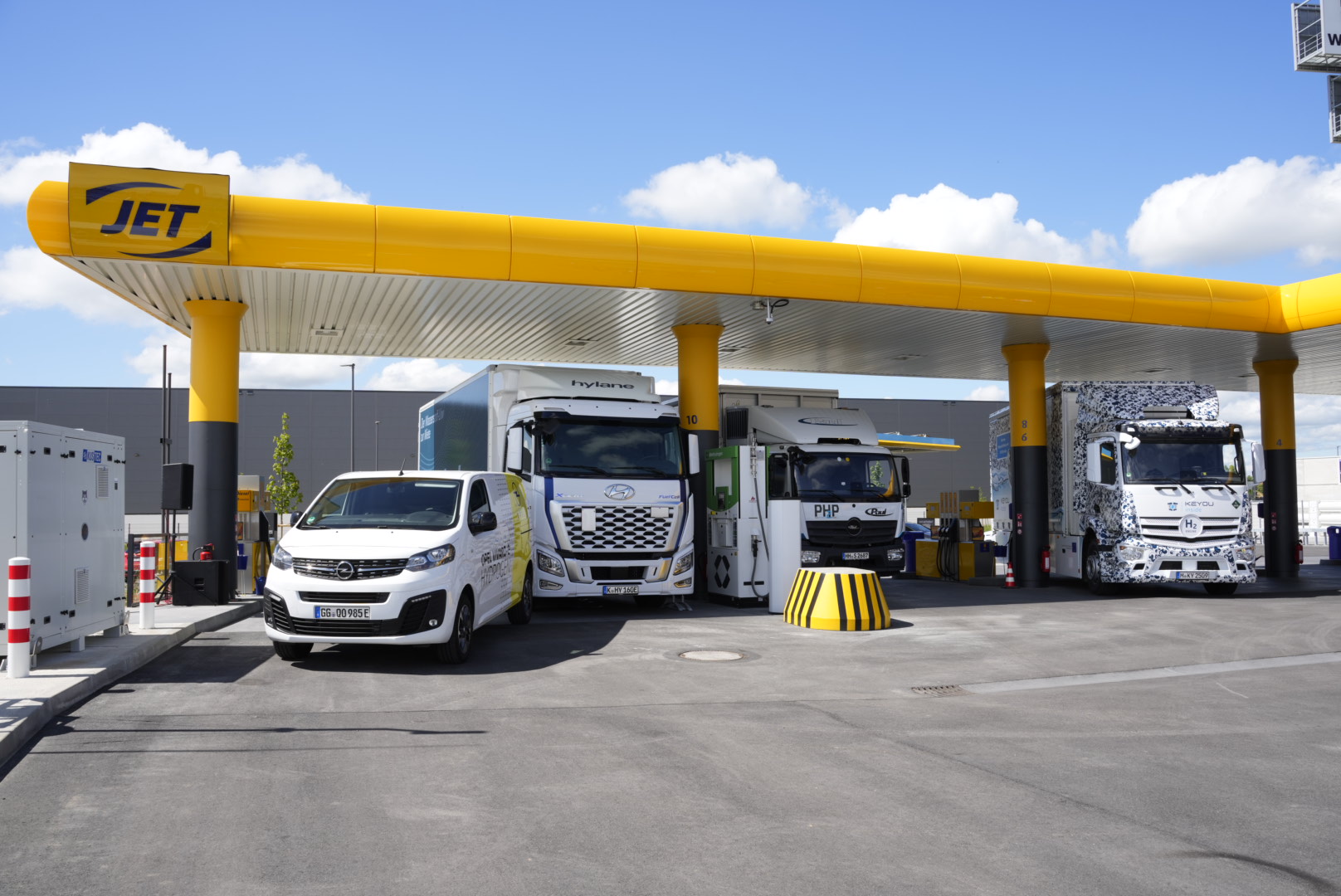Insufficient scaling of Denmark’s hydrogen infrastructure risks costly setbacks in green energy transition
Note: As of 29 October 2024, HE Energy Europe has rebranded to MorGen Energy. The content below reflects information prior to this change.
On 4 April, 2024, an important political agreement on the establishment of a Danish hydrogen infrastructure was reached. The agreement sets the economic framework and sizing of the hydrogen pipelines that will run through Jutland to Germany and form the basis for the substantial expansion of offshore wind and a large-scale PtX industry. With this agreement, Danish politicians have taken a crucial step forward, marking an important advance in the transition of Denmark and Europe’s energy sector.
As they have shown commitment, it is now up to all stakeholders to maximise our efforts and investments and to ensure that the Danish hydrogen infrastructure is future-proof. “This is not a matter where short-term projections are sufficient. Europe’s energy transition is not a question of evolution but of revolution,” said Mogens Lykketoft, Denmark’s longest-serving finance minister and current chairman of Energinet, about the hydrogen agreement. Like Lykketoft, it frustrates me to note that the hydrogen agreement is based on calculation models that are not geared to embrace the near future’s large European hydrogen economy. An insufficient scaling of Denmark’s hydrogen infrastructure could indeed cost the green transition of the energy system dearly, and we cannot afford that.
According to a new analysis from Cowi, investments in the green transition have doubled since 2022. The analysis estimates that approximately 799 billion DKK needs to be invested in Denmark from 2023 to 2035 to meet political goals such as the Climate Act’s binding target of a 70% reduction in greenhouse gas emissions by 2030. This requires investments of 61.5 billion DKK annually, equivalent to building 10 Fehmarn Belt connections or 20 Great Belt Bridges. Additionally, these investments are expected to create 195,000 extra full-time job equivalents by 2035. In other words, the green transition is expensive. It is understandable that savings are made where possible however, it could become an expensive savings exercise if under-dimensioned pipes are buried only to have to replace them later when the production of green electricity, both onshore and offshore, picks up and exceeds the capacity of the infrastructure.
The hydrogen pipe could optimise the offer of offshore wind
Denmark’s largest offshore wind tender was announced on 22 April, and the optimal economic and societal benefits of the project depend on a cross-border hydrogen infrastructure that can address the storage and export challenges associated with the enormous amounts of green energy set to be produced. We were concerned to see that the deadline for the offshore wind tender was set before a final investment decision was made regarding the vital hydrogen pipeline (this needs more explaining as in the first para we say that this decision was already made on 4 April 24. This timing complicates matters for future hydrogen producers, who need to place bids on purchasing the energy by December this year, at the same time as the tender deadline expires. At that juncture, we will still be uncertain whether the hydrogen pipe project will proceed, since the investment decision won’t be made by Energinet until next year.
To optimise this historically large wind tender, the investment decision for the hydrogen pipeline should be advanced to November this year. This would allow future hydrogen producers to enter into agreements for the uptake of green energy, securing a minimum value for the offshore wind and increasing the amount of renewable energy Denmark can extract from the tender.
We say this as potential hydrogen producers, and we are supported by the potential bidders for the offshore wind tender. Even the Ministry of Climate, Energy and Utilities agrees that the hydrogen pipe is crucial for the yield of the tender. In their recently published Climate Status and Projection 2024 report, they wrote that “the agreement on the possibility of establishing hydrogen infrastructure can contribute to increased demand for energy and improve profitability in the offshore wind expansion.” In other words, most actors agree. Therefore, it is puzzling to us that the decision on the hydrogen pipe remains on the wrong side of the deadline for the offshore wind tender, as maximising the returns from these investments is in everyone’s interest—including that of the Danish state.
Additionally, the fact that the largest current German hydrogen tender from the steel company ThyssenKrupp is set to close in December 2024 does not simplify the situation for future Danish wind and hydrogen opportunities if the hydrogen pipe investment decision is postponed until 2025.
The offshore wind tender includes plans for six wind farms with a total capacity of at least 5.8 GW, which are offered subsidy-free with periodic concession payments and 20 percent state co-ownership. The tender also provides an option for free overplanting, potentially allowing for up to 10 GW of offshore wind to be installed. This represents a significant addition to the 2.7 GW of offshore wind currently in operation.
The Energy Agency estimates that the value of the concessions for the 5.8 GW of offshore wind will amount to 300.6 billion DKK. Utilising the option for overplanting adds an additional 179 billion DKK, bringing the total estimated value to 479.6 billion DKK over the parks’ 30-year lifespan. However, our electricity grid cannot handle and transport all the electricity that we will potentially produce for the European market, and Denmark does not have such a large domestic demand. It is encouraging to see that the offshore wind tender accounts for the final financing decision on the hydrogen pipe. After this decision is made, the winners of the tender can wait up to a month to decide if they want to overplant. They are likely to wait, as the permitted overplanting is intended for hydrogen or PTX production, options that are not viable without the hydrogen pipe. To fully utilise the offshore areas and harvest large amounts of green electricity, it is essential to have a hydrogen infrastructure with enough capacity to support several large-scale hydrogen and PTX plants.
In the German government’s hydrogen strategy, an estimated need for hydrogen imports of between 45 and 90 TWh by 2030 is outlined. Denmark’s export potential to Germany alone in 2030 is expected to be 16 TWh, corresponding to about 4.5 GW of electrolysis capacity. In addition, with Denmark’s potentially large hydrogen production, there are opportunities to produce significant amounts of green aviation fuel in locations such as Fredericia and establish stable supply chains for it.
However, with plans for a hydrogen infrastructure capacity of about 3 GW, the real ambitions for Denmark’s substantial green export venture are not, in our view, sufficiently robust. In Esbjerg alone, planned projects account for 2 GW, with H2 Energy Europe responsible for half of this capacity. This leaves only 1 GW for future needs, potentially turning the hydrogen pipeline into a bottleneck in the green transition. Such a scenario does not align with Mogens Lykketoft’s visions for long-term solutions and presents a poor business case for offshore wind developers and, consequently, for Denmark.





